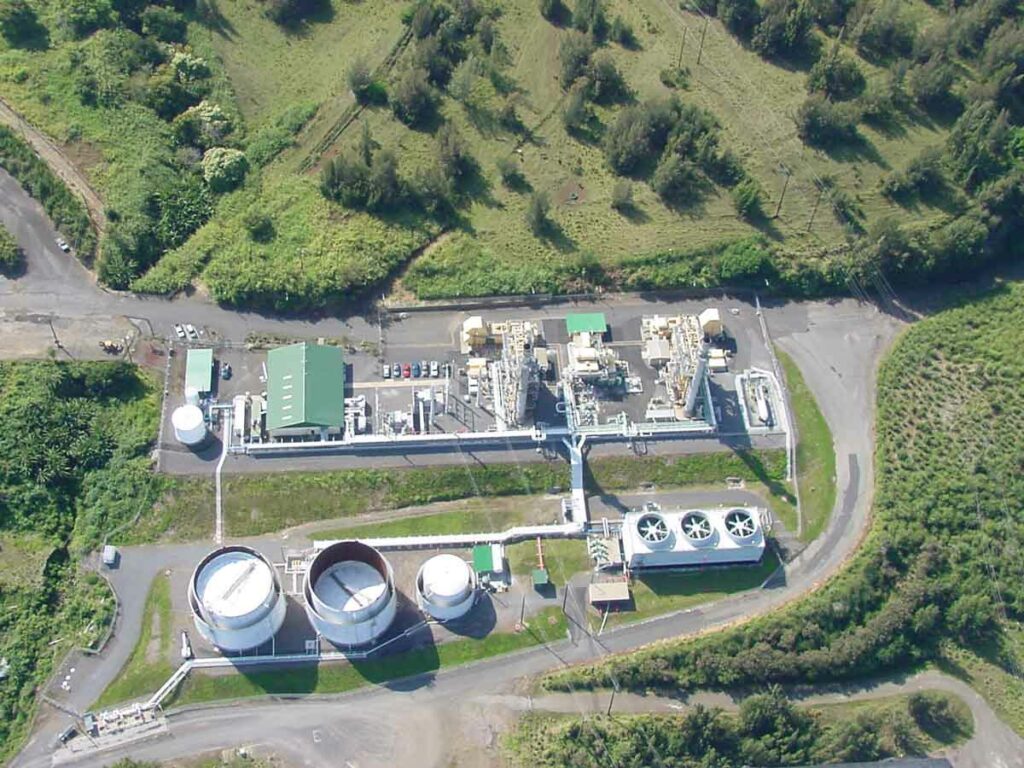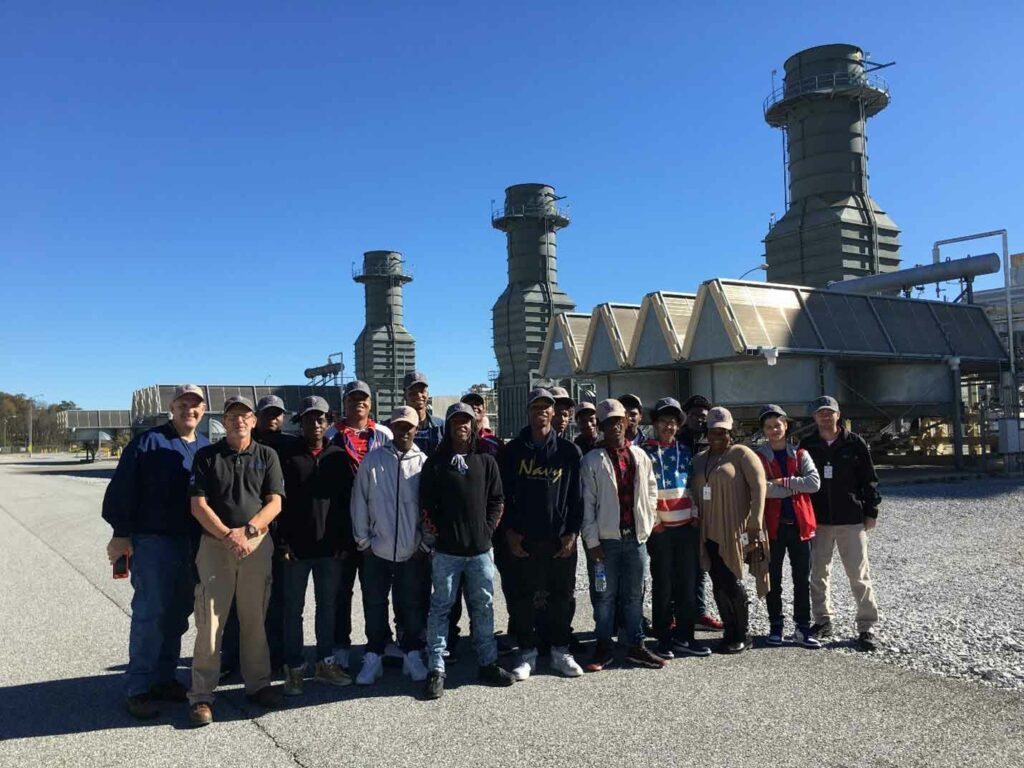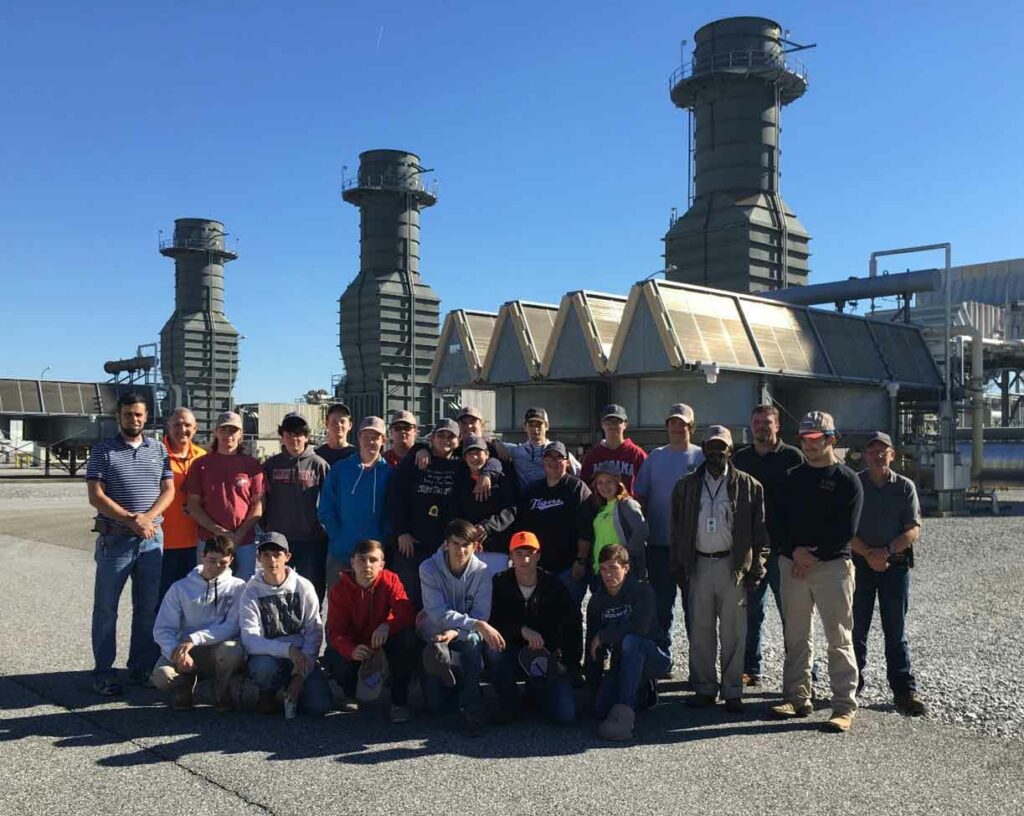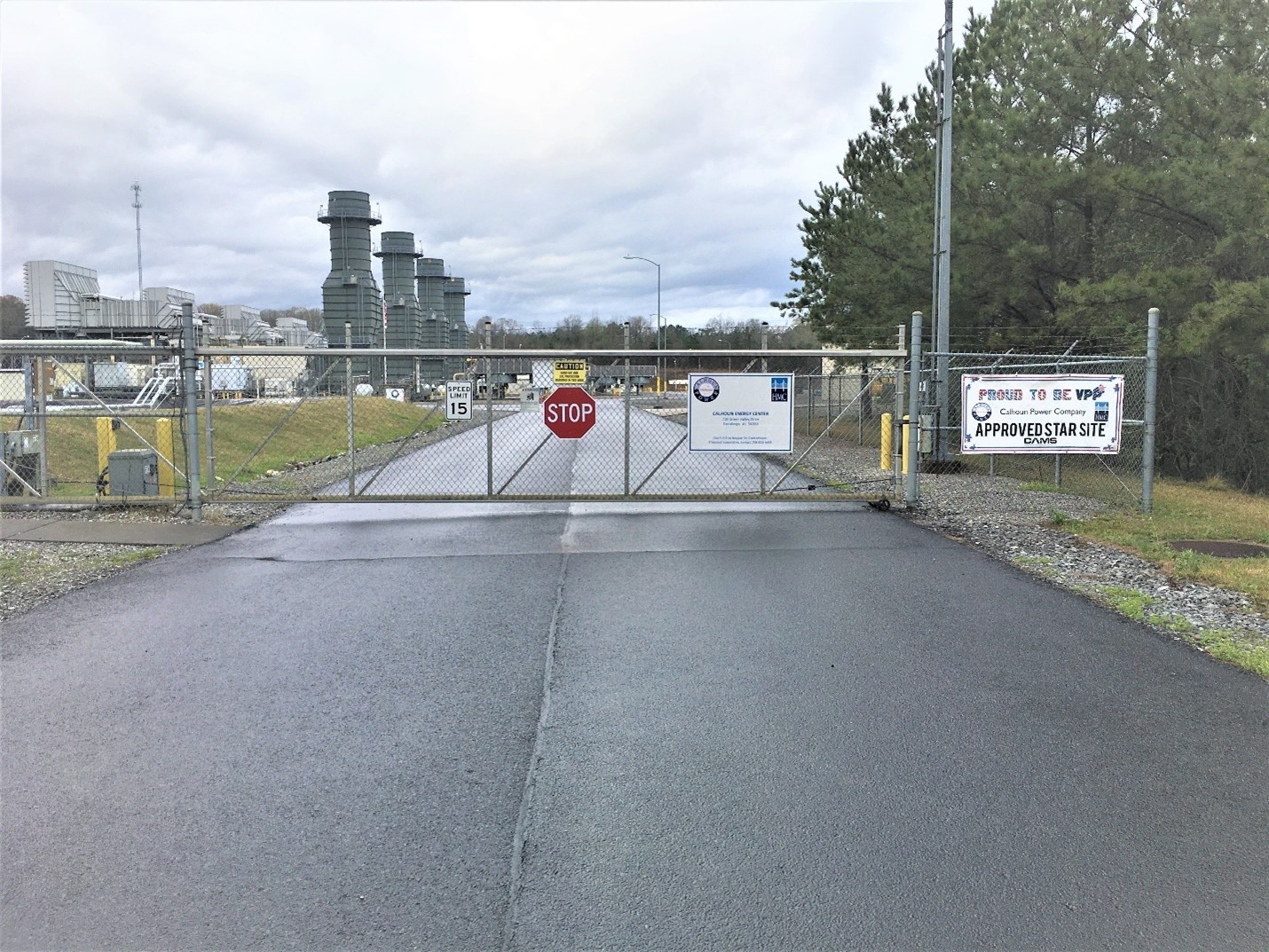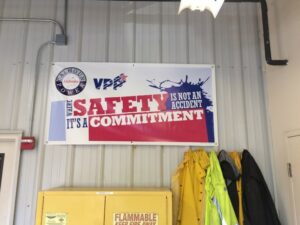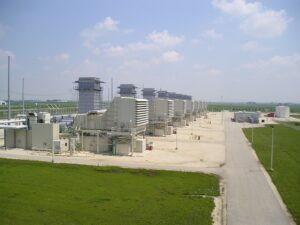The United States Environmental Protection Agency (EPA) has been busy. Since late August, the EPA published two final rules relating to coal combustion residuals (CCR), one final rule relating to wastewater discharge from coal-fired power plants with emission controls and proposed a significant rewrite to the Cross-State Air Pollution Rule (CSAPR).
These rules have significant implications for coal-fired power plants’ future operations, and the CSAPR update will affect all power plants in 12 states in the eastern United States. CAMS operates three coal-fired power plants – Gavin Station in Ohio and Conemaugh and Keystone Stations in Pennsylvania. A summary of each rule and its implications follows.
COAL COMBUSTION RESIDUALS PART A AND PART B
In response to the catastrophic TVA Kingston coal ash release in December 2008, EPA passed a series of enhanced regulations to regulate the storage and disposal of coal combustion residuals (CCR) or coal ash. EPA published the Disposal of CCR rule in April 2015. This rule addresses groundwater protection from leaking contaminants, blowing of materials into the air as dust, and catastrophic failure of coal ash surface impoundments. There is also a requirement to post specific information about coal-fired power plant CCR programs on public websites. Under the CCR rule, the design of ponds used to store coal ash must meet particular groundwater protection standards or be removed from service and closed. Clay lined impoundments were previously permissible if groundwater monitoring did not detect a release. However, a 2018 court decision requires all active ponds to meet the rule’s liner requirements. In 2019, EPA proposed “A Holistic Approach to Closure,” Parts A and B, which outlines requirements for maintaining, closing, and replacing “unlined” ponds.
Part A specifies timelines for the development of alternative pond capacity and the use of unlined ponds. Under Part A, unlined ponds may not receive any coal ash after April 11, 2021, unless they receive an extension from EPA or the state agency. Extensions are available if a plant develops another method for storing CCR material (i.e., installing new ponds, retrofitting liners to existing ponds, removing waste streams) or a plant commits to the permanent closure of the coal-fired units. In essence, almost every coal-fired power plant must have lined CCR ponds that meeting EPA standards between 04/21 and 10/23 or commit to the retirement of the coal-fired boilers. Extension applications are required to be filed by November 30, 2020. Gavin’s Part A demonstration was filed October 19, 2020, and Conemaugh’s was filed the week of November 16. Keystone already has concrete-lined ponds that meet the requirements of the CCR Rule.
Part B offers a potential alternative for CCR ponds considered “unlined” but provides an equivalent groundwater protection level. For such facilities, Part B defines a process through which a facility may make an “alternate liner demonstration,” which, if successful, would allow those ponds to continue to operate without modification. Conemaugh’s ash filter ponds are lined with engineered synthetic clay liners that offer groundwater protection equivalent to or better than the standards the EPA sets forth in the CCR rule. An application to proceed with an alternate liner demonstration is due by November 30. Conemaugh’s application will be filed the week of November 16.
EFFLUENT LIMITATION GUIDELINES FOR POWER PLANT WASTEWATER
On October 13, 2020, EPA finalized the revised Effluent Limitation Guidelines (ELG) for Steam Electric Power Plants Rule. This regulation affects power plants that discharge bottom ash (BA) transport water or wastewater from flue gas desulfurization (FGD). The ELG rules potentially affect Keystone, Conemaugh, and Gavin stations. The ELG rule requires BA and FGD wastewaters’ compliance as soon as possible, but no later than 12/31/2025. There is an alternate compliance option of ceasing the plants’ operation by 12/31/2028 and meeting more stringent FGD limits by 12/31/2028. The most significant limitations in the FGD rule relate to mercury, selenium, arsenic, and nitrate/nitrite discharge. Compliance with the BA rule may be accomplished through the revision of a plant’s water balance. All three stations are currently evaluating their compliance options.
CROSS-STATE AIR POLLUTION RULE REVISED UPDATE
The Cross-State Air Pollution Rule (CSAPR) requires power plants in 23 eastern states to reduce sulfur dioxide (SO2) and nitrogen oxides (NOx) to improve air quality through a “cap and trade” program. There are three programs in CSAPR, for which allowances are accounted and traded independently – SO2, annual NOx, and Ozone Season (May-September) NOx. Every ton of NOx emitted during the summer from an affected plant requires the surrender of two allowances: an ozone season NOx allowance and an annual NOx allowance. The cost of these allowances impact power plant operating economics.
On October 30, 2020, the EPA proposed a significant update to CSAPR, reducing the number of Ozone Season NOx allowances available for power plants in 12 states by 55% beginning in 2021. The impacted states are Illinois, Indiana, Kentucky, Louisiana, Maryland, Michigan, New Jersey, New York, Ohio, Pennsylvania, Virginia, and West Virginia. These states will belong to a new trading group, with allowance trading restricted to the same group sources. This change is not expected to impact compliance for any of the plants CAMS operates. However, it will affect compliance costs. The restriction on the number of allowances available and the market size restriction are both expected to impact allowance prices. These changes in allowance prices could have a discernible impact on coal-fired power plants’ cost of operation, in addition to the ELG and CCR rules noted above.
Please contact CAMS’ Environmental Services Department if you have questions about any of the above regulations or other EPA rulemaking
Contact Us



